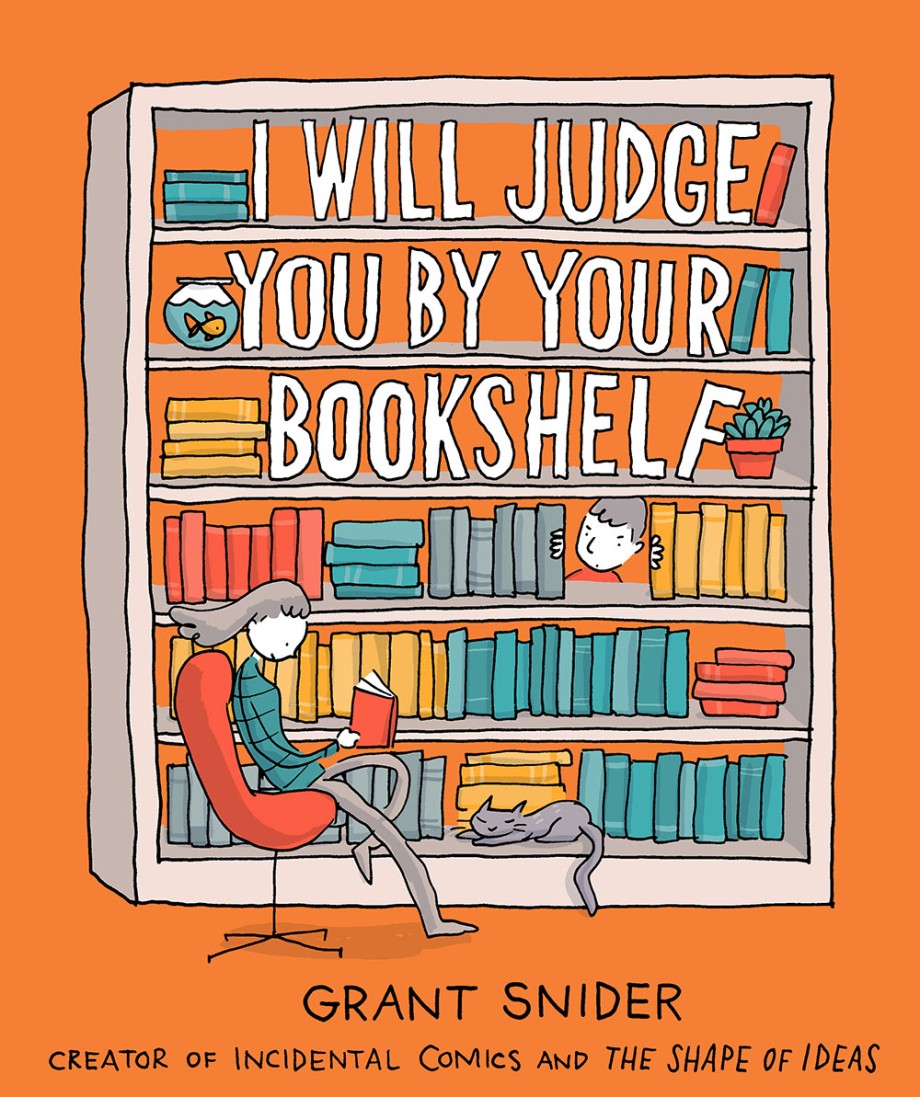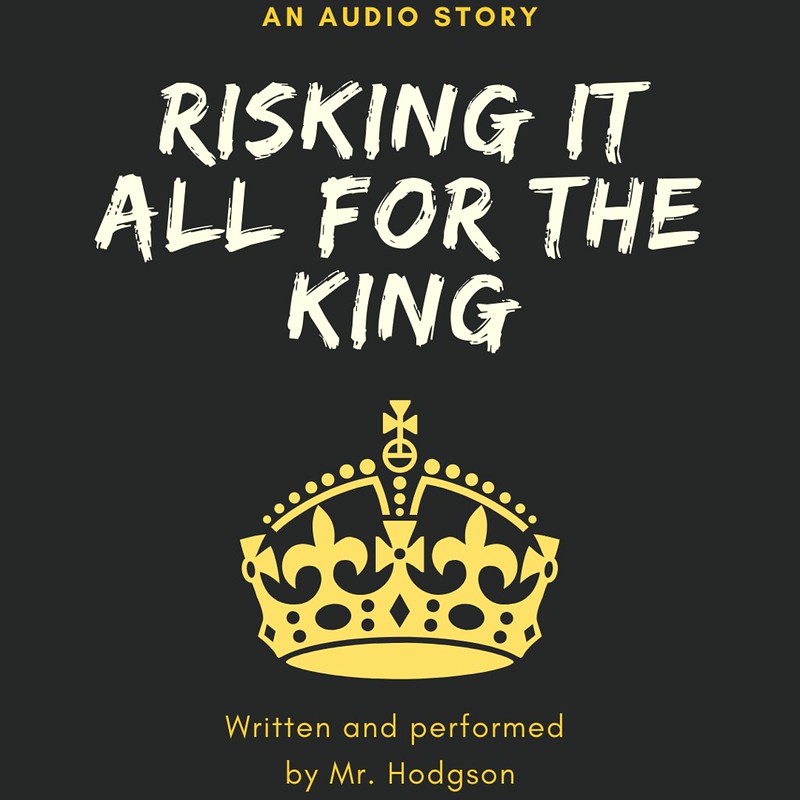
Bob ain’t Ivan.
That sounds snarky and negative, so let me say upfront that I thoroughly enjoyed The One and Only Bob, except I really missed the voice of Ivan, the silverback gorilla of The One and Only Ivan, in my head. Bob, Ivan’s close dog friend, is the narrator of this sequel, which centers on a storm and tales of survival.
In the original book, inspired by a true story of a gorilla being kept cruelly captive in a shopping mall, Ivan’s voice is so unique — the use of flow, of language, of pacing, of syntax — that I can still hear Ivan when I pass the book over to students with a “must read” recommendation. Bob, on the other hand, is unique, too, in his way, but he sounds to my ears a bit too much like a person at times.
It’s not fair for me to compare Bob to Ivan, but Ivan will always be the one and the only Ivan.
Luckily, Ivan is still a big part of Bob’s life. He makes not only an appearance in The One and Only Bob, but the gorilla is crucial to the storyline at multiple junctures. Ivan’s presence is everywhere, as it should be. And Bob’s voice, too, emerges more strongly as the story moves into gear. Maybe it took me, the reader, time to get into the flow of Bob, after putting Ivan aside.
Bob’s adventures here unfold gradually, picking up a few years after the first book, and it’s a huge storm that propels Bob into bravery he didn’t know he had and on rescue missions that force him into action he’d rather avoid. We also slowly get his family backstory, a rich narrative that moves into the main plot.
I’d recommend The One and Only Bob for elementary and middle school readers, and maybe pair it up with The One and Only Ivan, too. (I guess a movie version is in the works). You can’t miss with Katherine Applegate, really.
Peace (more than one and more than only),
Kevin












